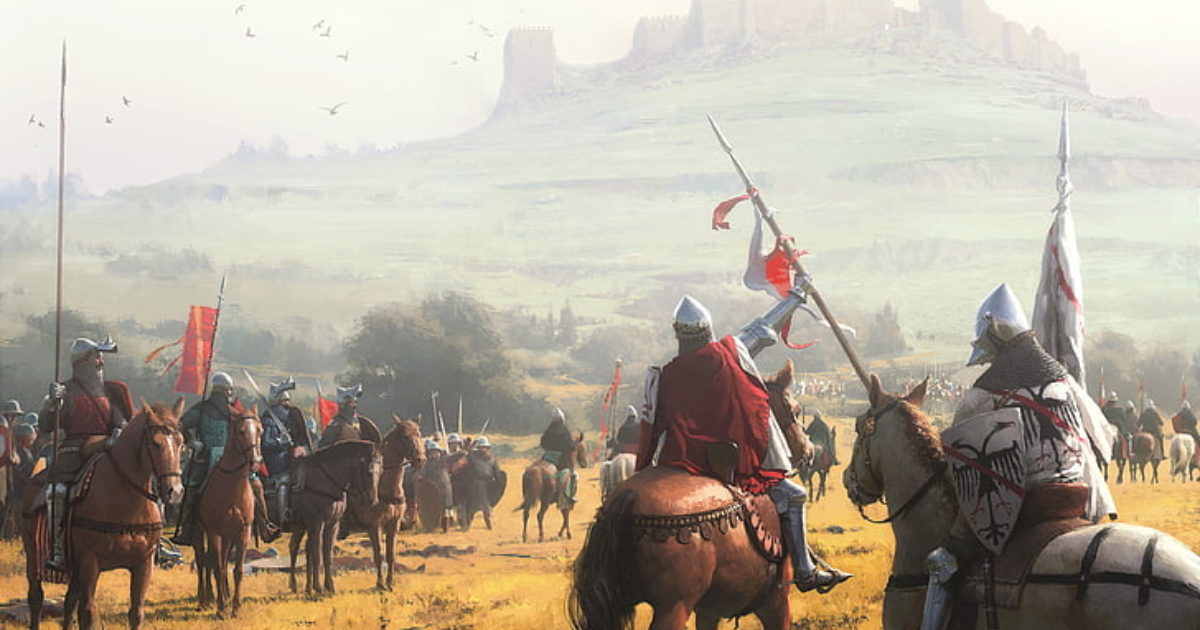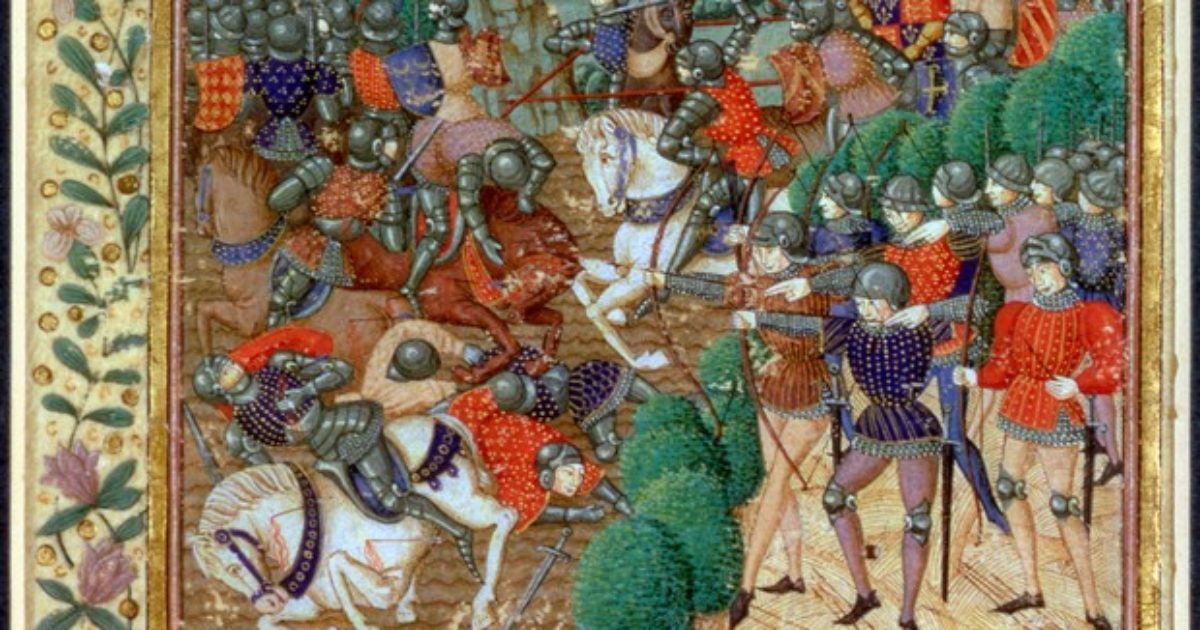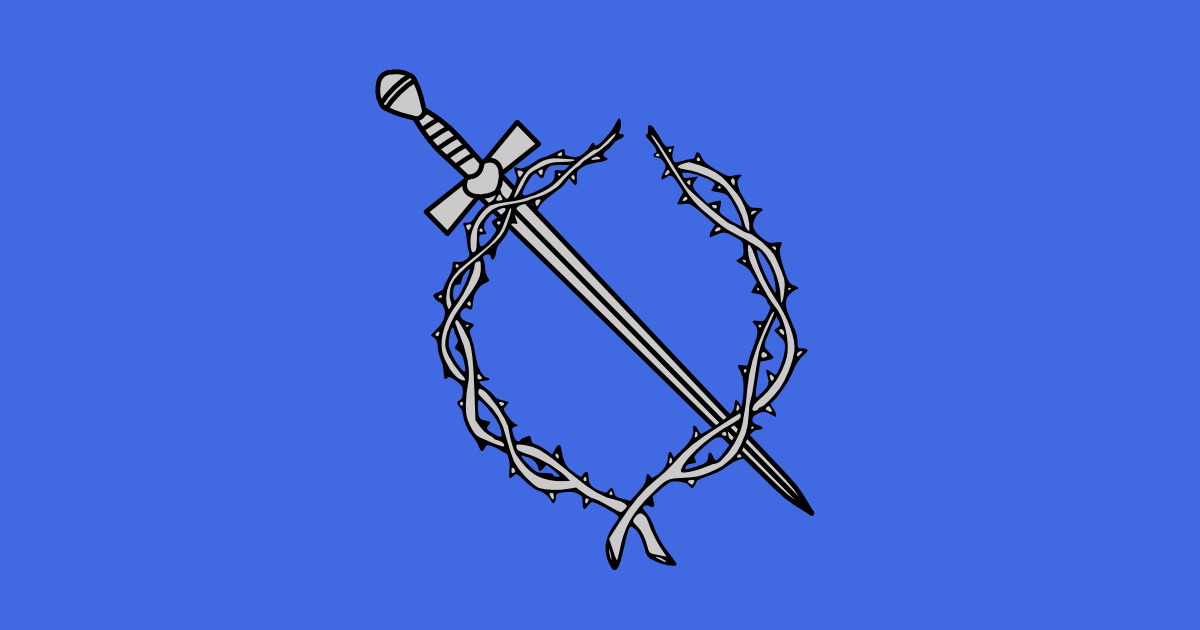
Longsword Intermediate Course (Iron Thorn Manual 1st Edition)
Advanced Guards
With five basic guards, there are five advanced guards to longsword: Inside, Close, Short, Long, and Side. With inside guard, the sword is typically perpendicular to the chest although the blade can be raised towards the head, or lowered towards the hip with hilt close and blade pointed out, flat to the ground, often times the tip pointed towards the opponent’s head. Like most guards this can alternate with either side. This guard is a defensive guard mostly, but allows for thrusts (see figures below).
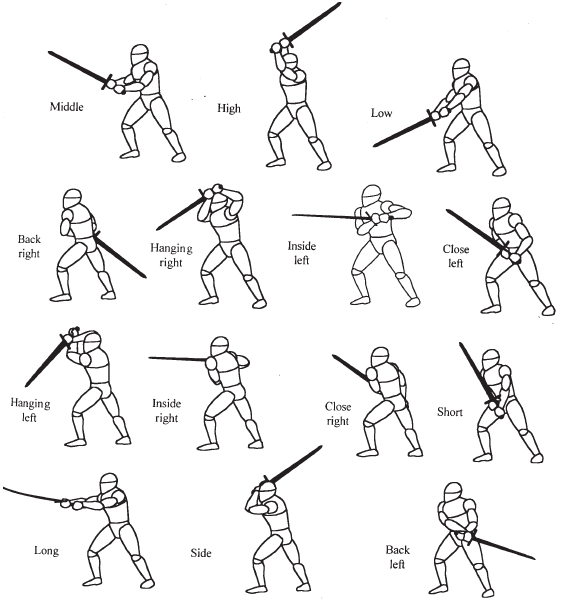

In Close Guard, the hilt is held low, around the belt line with the blade pointed upward, and can be used on either side. This allows you to defend your lower body without much effort, but also allows for an upwards thrust or motion into an attack or parry (see figures).
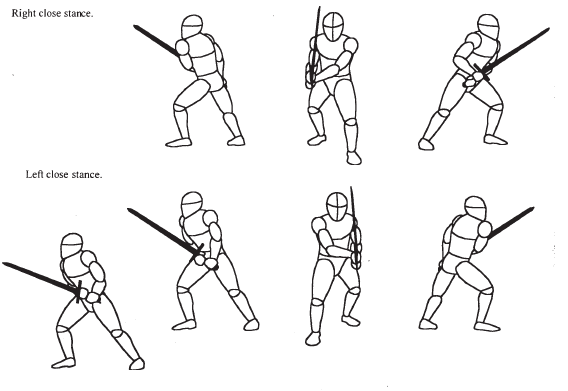
In Short Guard the blade is near vertical, while the hilt is kept close to the fencer. It is typically used at a close distance when space is scarce and does not allow for easy transitions. It is however vulnerable to distant attacks and lacks the ability to defend against thrusts. However, it is a good transitional guard, allowing you to shift into another, more favorable guard (see figure).
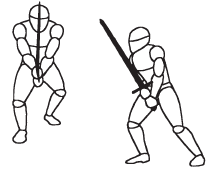
In Long Guard the sword is held outwards towards the opponent, allowing for lunging or thrusting towards an opponent and allow for binding. However, the guard’s weaknesses as with it being extended out allows for an opponent to knock the blade away (see figure).

In Side Guard the sword is held high and to the side of the head with the blade either straight up or angled back. Like many Longsword Guards, this can alternate which side it is used. As a guard, it is very limited defensively and when transferring to other Guards. It can easily transfer to middle or any guards that are higher such as High Guard or High Inside Guard. It is good for powerful downward diagonal strikes (see figure).
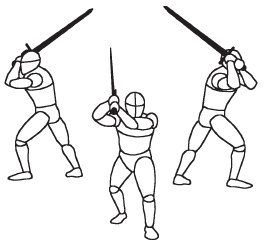
Half Swording
During the time of the Longsword, men-at-arms and knights wore more and more armor to protect them in battle. This made fighting enemies with swords difficult, as a sword cannot penetrate armor. However, this lead to the development of Half Swording, a technique where the fighter’s offhand would be held several inches from the hilt. This technique allowed for defensive abilities and control, thus the fighter could guide the point into an armor’s weak points (whether it’s the eye slits in the visor or weak areas for the armpits). One could also guide an enemy blade downward, allowing for a pommel strike to the face, but again, the use of half swording is to get the sword point into a kill position easily (see figures).

Thrusting
Thrusting in longsword fencing is a useful attack for speed and accuracy, however, its weakness is the ability of the opponent to block and knock the blade offline allowing for a more clear strike against you (see figures).

